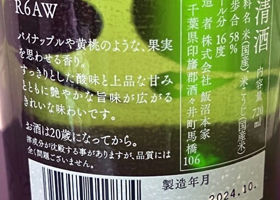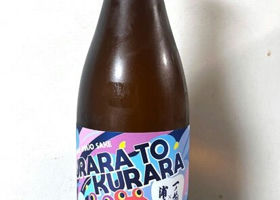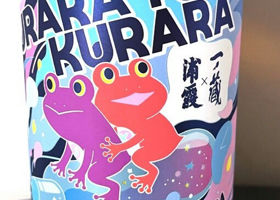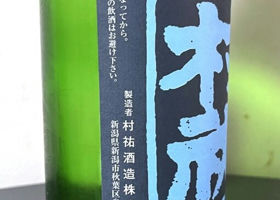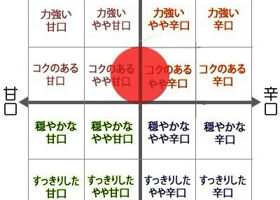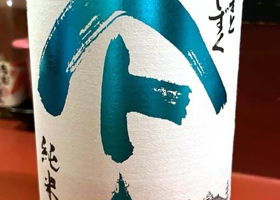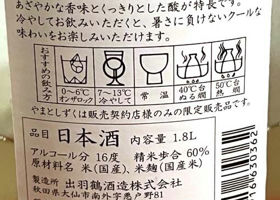Mikotsuru純米吟醸 ひとごこち 無濾過生原酒




loopy
Here is a chart diagram for my own drinking comparison. I am sure some of you will point out that this is not true! I am sure some of you will point this out to me. I would appreciate it if you could tell me.
(My impression after drinking it)
I am looking forward to drinking Gokotsuru for the first time. When the bottle is opened, there is a sizzling sound of gas escaping. It is clear and colorless with a slight greenish color. The top aroma is a nice pineapple aroma. There are no bubbles in the glass, but when you put it in your mouth, you can feel the bubbles on your tongue. It tastes like sweet and sour pineapple with plenty of rice flavor. It is a delicious sake. It is rich, but it does not have the same intense flavor as the Hana-yosu. The pineapple flavor becomes more pronounced as it nears room temperature. It is a sweet sake, but it is not too sweet as it also has a sour taste.
Brewer : Suwa Mikotsuru Sake Brewery (Nagano Prefecture)
Degree of alcohol content: 16 degrees Celsius
Rice used: Hitogokochi grown in Matsumoto City
Polishing ratio: 50
Yeast used: Not disclosed
Acidity: Not disclosed
Amino Acidity: Not disclosed
Sake degree: undisclosed
Price : 720ml 1,980 yen (tax included)
Japanese>English
こすけ
loopy Congratulations on your first Gokozuru 🎉㊗️ I am in my third year of Gokozuru. I think your impression is right. I think it is fresh, juicy, but has a nice sharpness. It was the first star of the year.
Japanese>English
loopy
Thank you, Kosuke. I am impressed that there are so many delicious sake in Nagano Prefecture.
Japanese>English















